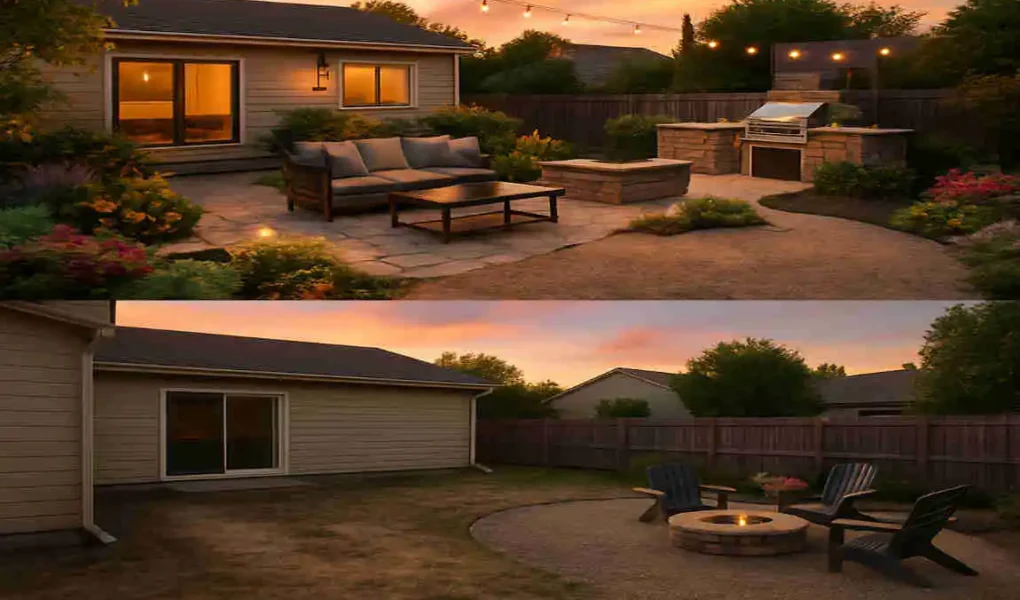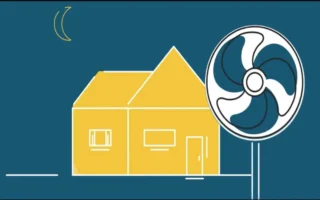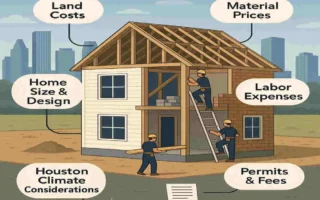Outdoor living spaces have become more than just a trend—they’re a lifestyle upgrade that homeowners are embracing with enthusiasm. Whether you’re hosting a cozy family gathering, entertaining friends, or simply unwinding after a long day, the right outdoor space can completely transform how you enjoy your home.
Understanding Your Outdoor Space Potential
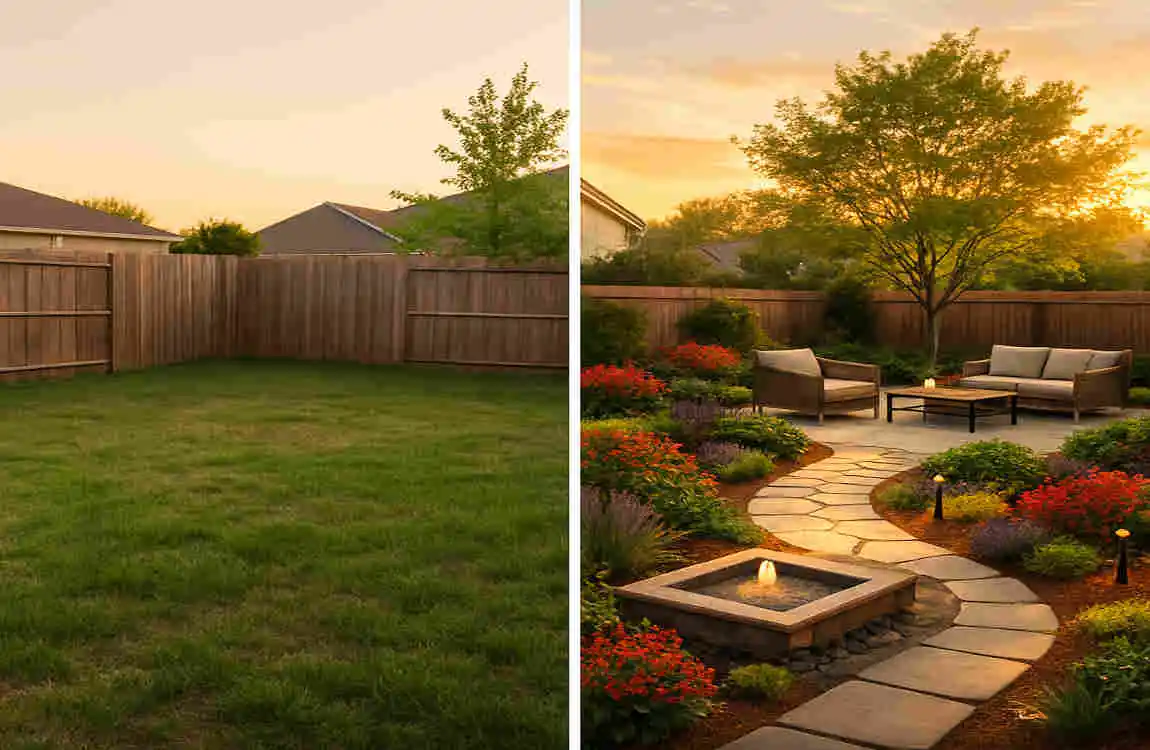
Before jumping into the outdoor design and construction process, it’s crucial to evaluate your existing backyard and understand its potential. This step sets the foundation for a successful outdoor project.
Assessing Your Backyard
Every backyard is unique, and its size, shape, and existing features play a huge role in determining what you can build. Take a good look at your space and consider:
- Dimensions: Measure the area to understand how much space you’re working with.
- Existing Features: Identify anything you want to keep or work around (trees, slopes, patios, etc.).
- Sunlight and Shade: Observe how sunlight moves across your yard throughout the day.
By assessing these factors, you’ll have a clearer picture of what’s possible.
Climate and Environmental Considerations
Your local climate determines the materials and features most suitable for your outdoor space. For example:
- Hot climates: Opt for heat-resistant materials and prioritize shade solutions.
- In rainy regions, ensure proper drainage and avoid water-sensitive materials.
- Cold climates: Choose durable, weather-resistant materials that can withstand freezing temperatures.
Zoning and Local Regulations
Before you start building, check your local zoning laws and regulations. Some areas have restrictions on:
- Fence and deck heights
- Building permits for permanent structures
- The proximity of structures to property lines
Setting a Realistic Budget
Creating an outdoor space can vary in cost depending on its size and features. Set a realistic budget early on to avoid overspending. Break it down into categories—materials, labor, decor, and maintenance — so you’ll have a clear financial roadmap.
Planning Your Outdoor Space Design
Once you’ve assessed your backyard, it’s time to focus on the fun part—designing dream outdoor space! This is where creativity meets practicality.
Defining the Purpose of Your Outdoor Space
Ask yourself: What do I want to use this space for? Some common purposes include:
- Relaxation: A cozy spot with comfortable seating for unwinding.
- Entertaining: A space for hosting guests with dining and lounging areas.
- Gardening: A green haven with planters, raised beds, or vertical gardens.
- Multi-use: A combination of lounging, dining, and recreational spaces.
Creating a Layout Plan
A great outdoor design starts with a functional layout. Think about:
- Zones: Divide your outdoor area into distinct zones, such as a dining area, lounge, and garden.
- Flow: Ensure there’s a logical flow between zones, avoiding cluttered or cramped spaces.
- Access: Plan pathways that connect your house to your outdoor space seamlessly.
Choosing a Design Style
Your outdoor area should complement your home’s style. Here are some popular design themes:
- Modern: Clean lines, minimalism, and sleek furniture.
- Rustic: Natural materials like wood, stone, and earthy colors.
- Tropical: Lush greenery, vibrant decor, and relaxed vibes.
- Eclectic: A mix of colors, patterns, and textures for a unique look.
Incorporating Natural Elements
Landscaping plays a significant role in outdoor design. Add plants, trees, and shrubs that thrive in your climate. Use rocks, gravel, or wood chips to create texture and depth. Don’t forget to leave some open green space for relaxation or play.
Essential Components of an Outdoor Space
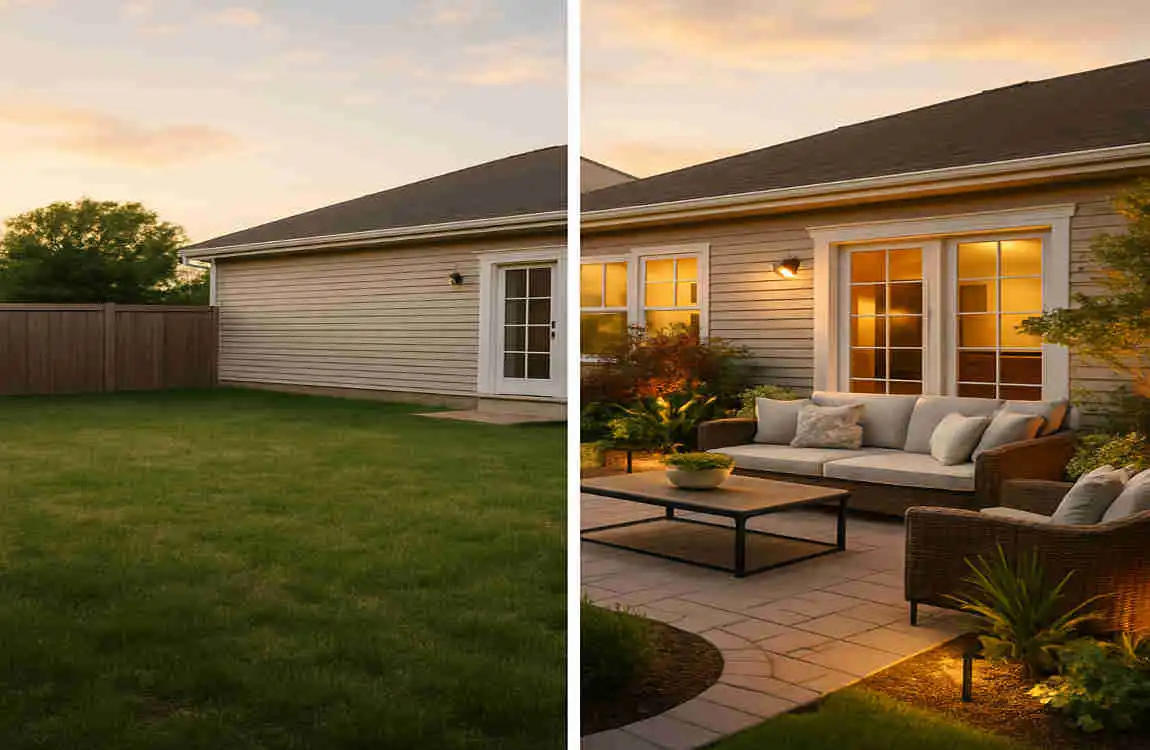
To create a functional and comfortable outdoor area, you’ll need to include some essential components. Let’s break them down:
Seating and Furniture
Invest in durable, weather-resistant furniture that suits your style and needs. Some options include:
- Materials: Wicker, teak, aluminum, or recycled plastic.
- Styles: Lounge chairs, sectional sofas, dining tables, or hammocks.
Ground Surfaces
The foundation of your outdoor space is just as necessary as the decor. Choose from:
- Patios: Perfect for dining or lounging areas.
- Decks: Ideal for elevated spaces or uneven terrain.
- Pavers: Versatile and low maintenance.
- Grass: A budget-friendly option for natural charm.
Shade Solutions
Stay cool and protected with these shade options:
- Pergolas: Stylish and semi-covered structures.
- Umbrellas: Portable and cost-effective.
- Awnings: Retractable options for flexibility.
Lighting Ideas
Outdoor lighting adds ambiance and functionality. Consider:
- Ambient lighting: String lights or lanterns for a cozy atmosphere.
- Task lighting: Bright lights for cooking or reading areas.
- Decorative lighting: Spotlights or LED strips to highlight features.
Water Features and Fire Pits
Add a touch of luxury with:
- Water features: Fountains, ponds, or small waterfalls.
- Fire pits: Perfect for warmth and a social focal point.
Outdoor Kitchens and Dining Spaces
For food lovers, an outdoor kitchen is a game-changer. Include essentials like:
- A grill or built-in BBQ
- Countertop space for prepping
- A dining table with enough seating
Step-by-Step Guide: How to Build an Outdoor Space
Let’s break down how to bring your outdoor space to life:
Site Preparation
Start by clearing the area of any debris, plants, or structures. Mark out the layout with stakes and string.
Installing the Foundation
Depending on your design, lay the foundation:
- For patios: Pour a concrete slab or lay pavers.
- For decks: Build a sturdy deck base with treated wood.
Building Structural Elements
Install any permanent structures, such as pergolas, fences, or gazebos.
Flooring and Ground Treatments
Lay flooring materials like stone, wood, or gravel. Ensure proper leveling and drainage.
Electrical and Plumbing
If your design includes lighting, water features, or an outdoor kitchen, hire professionals for safe electrical and plumbing installations.
Furnishing and Decorating
Finally, add furniture and decor! Arrange seating, set up dining areas, and decorate with plants, rugs, or cushions.
Maintenance and Care Tips for Longevity
To keep your outdoor space looking great, follow these tips:
- Seasonal Cleaning: Power-wash surfaces and clean furniture regularly.
- Weatherproofing: Seal wood and metal to prevent weather damage.
- Landscaping Care: Trim plants, remove weeds, and fertilize as needed.
- Winterizing: Cover furniture and protect delicate plants during colder months.
Budgeting and Cost Considerations
Typical Costs
Here’s a breakdown of average costs for standard outdoor features:
Feature Average Cost
Patio $1,500 – $5,000+
Deck $4,000 – $10,000+
Outdoor Kitchen $3,000 – $15,000+
Fire Pit $300 – $2,000+
Money-Saving Tips
- DIY smaller projects like furniture or decor.
- Use recycled materials where possible.
- Shop for end-of-season discounts on outdoor furniture.
Maximizing Your Outdoor Space Appeal and Value
A thoughtfully designed outdoor space can significantly boost your home’s resale value. To make it stand out:
- Personalize with unique touches, such as custom furniture or artwork.
- Opt for eco-friendly materials and sustainable designs.
- Keep it functional and low-maintenance.

